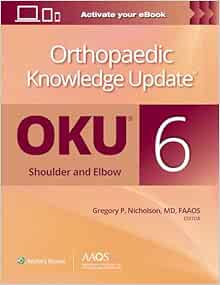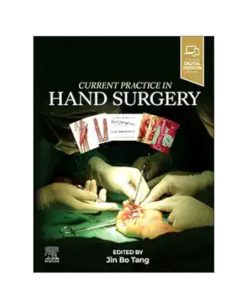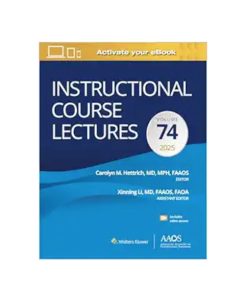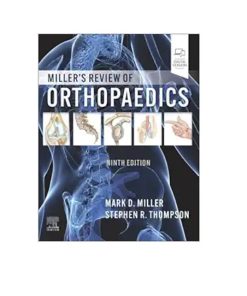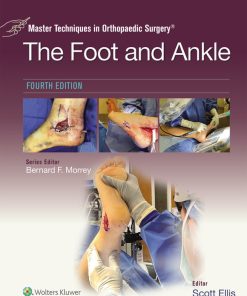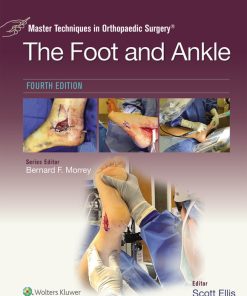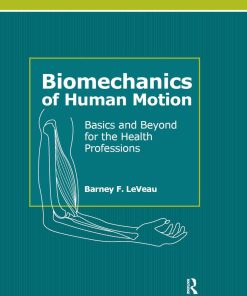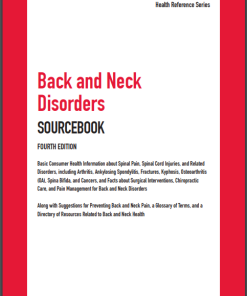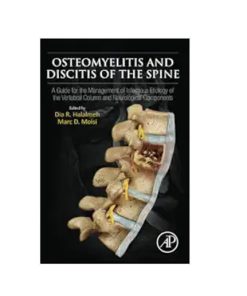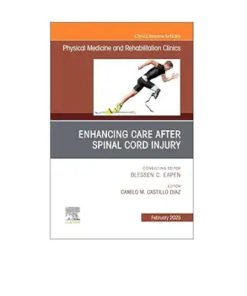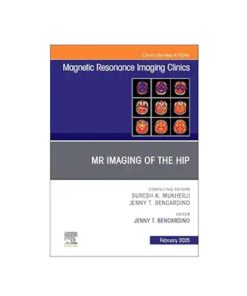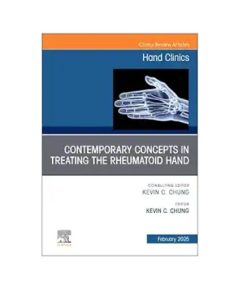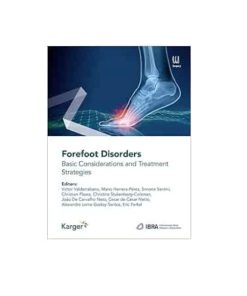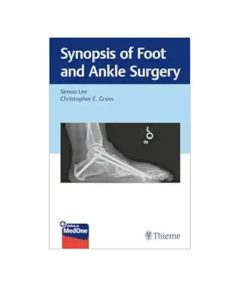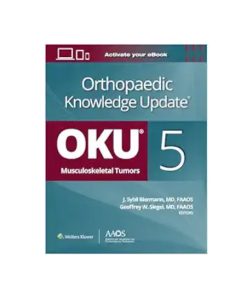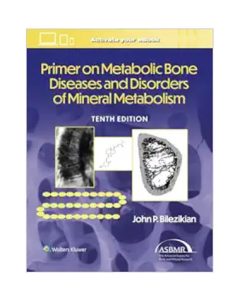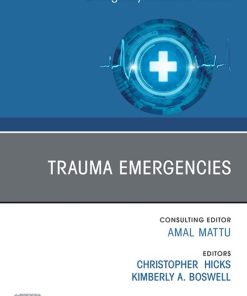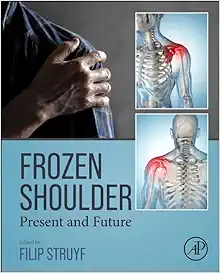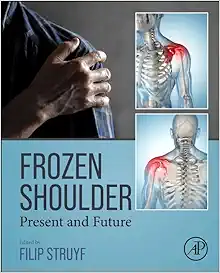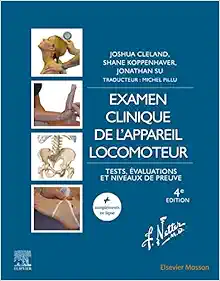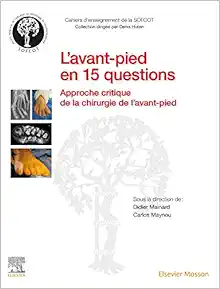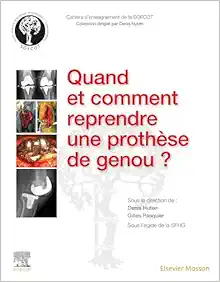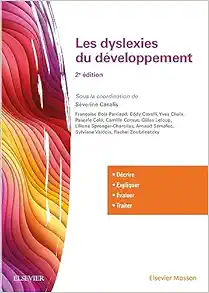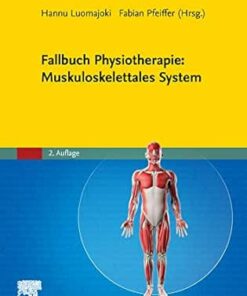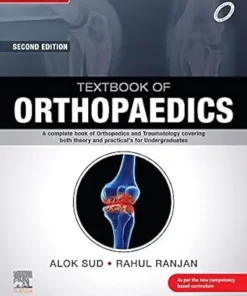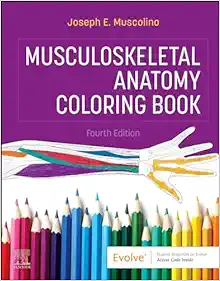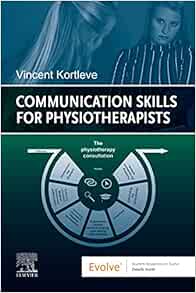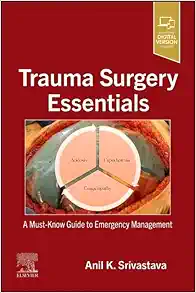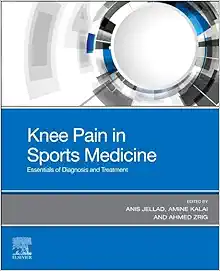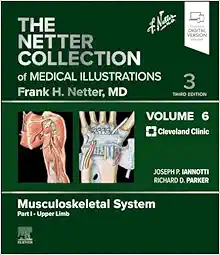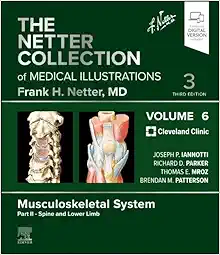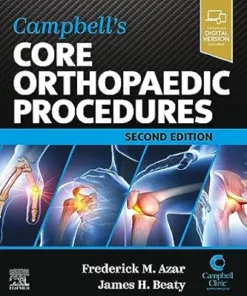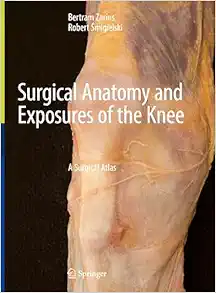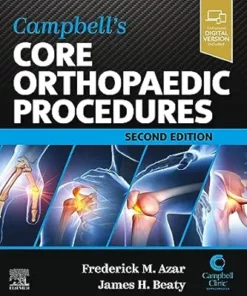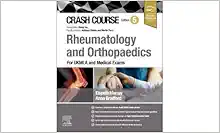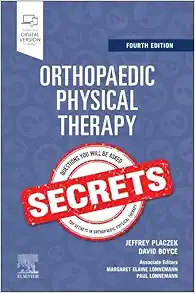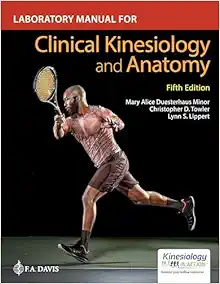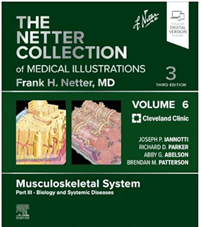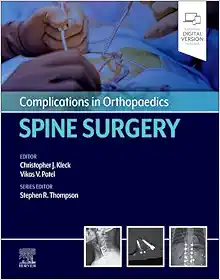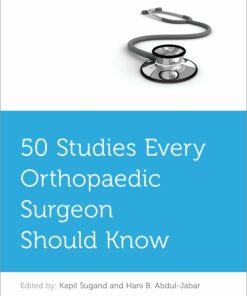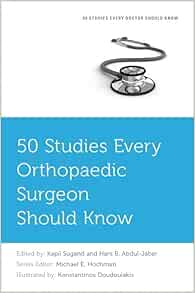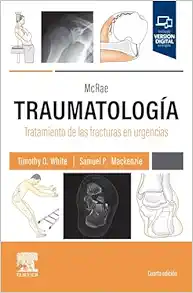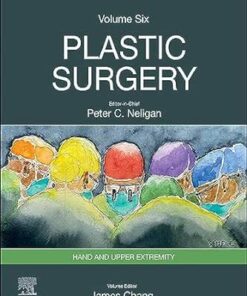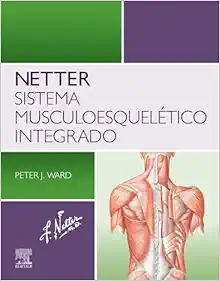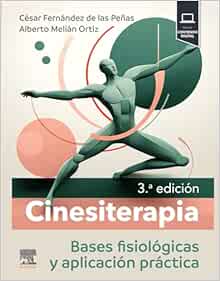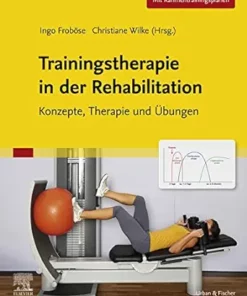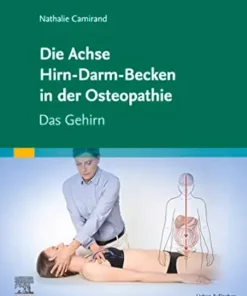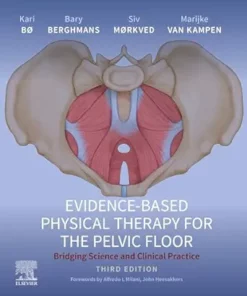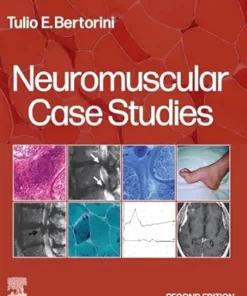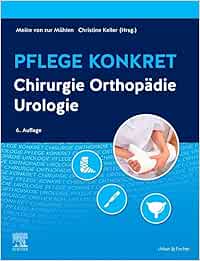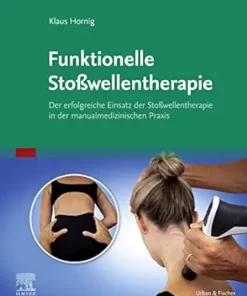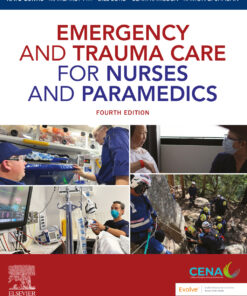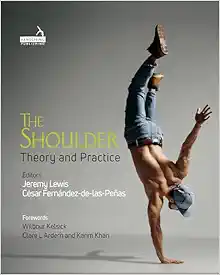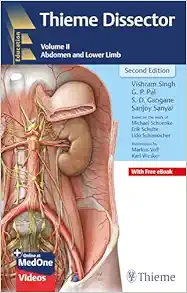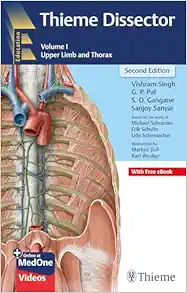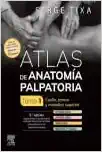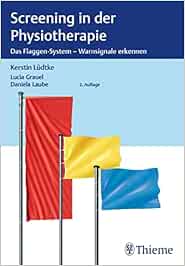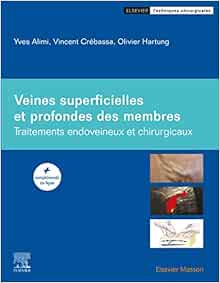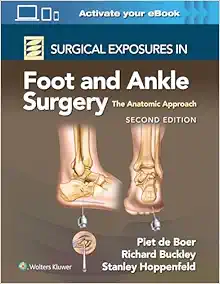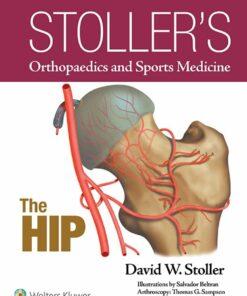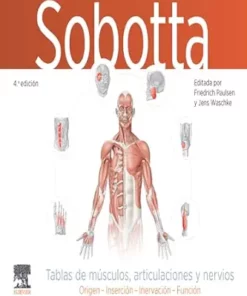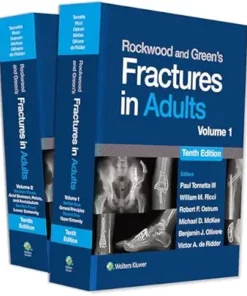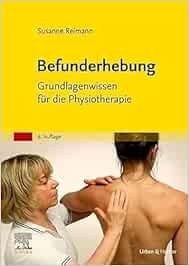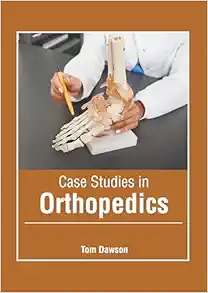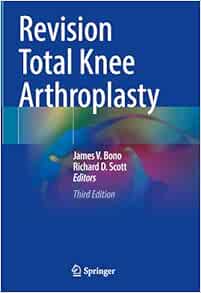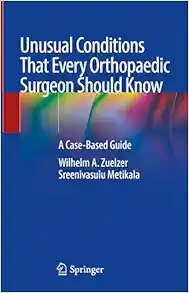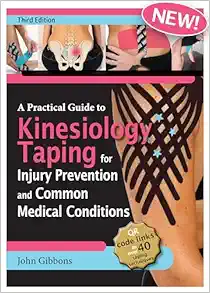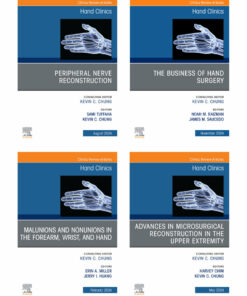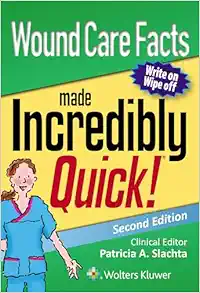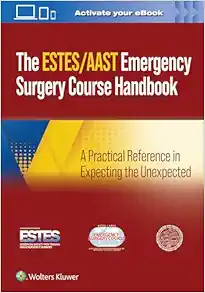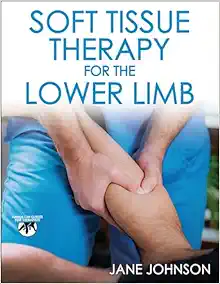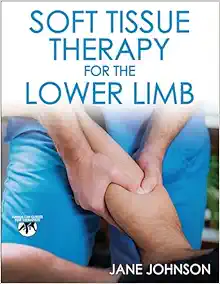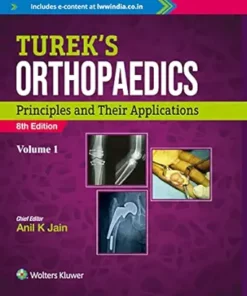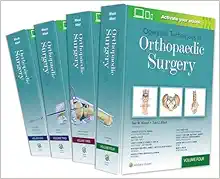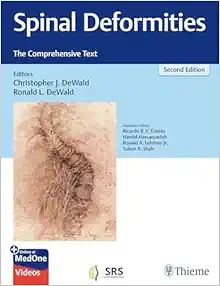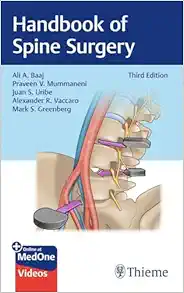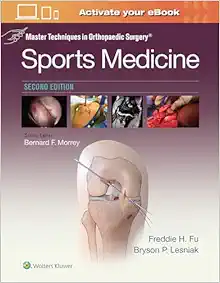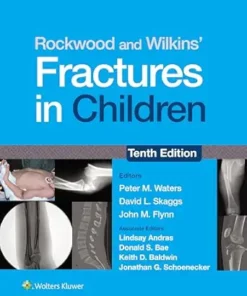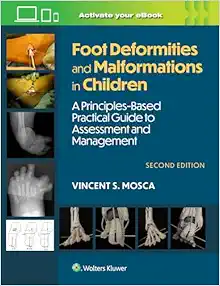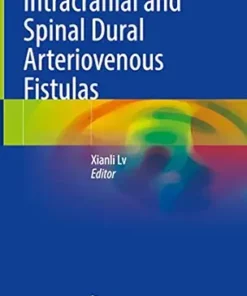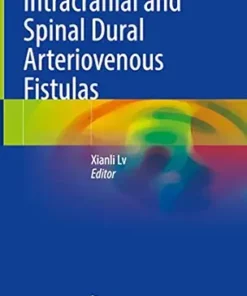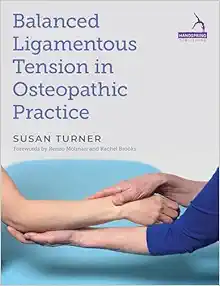Basic Finite Element Method as Applied to Injury Biomechanics
$6
Format : Publisher PDF
Basic Finite Element Method as Applied to Injury Biomechanics
Basic Finite Element Method as Applied to Injury Biomechanics by King-Hay Yang is a comprehensive reference book for individuals interested in learning about finite element methods. It provides a unique introduction by teaching readers how to develop a finite element model from the very beginning, covering all the appropriate theories that are needed throughout the model development process. The book is an ideal text for teaching, further reading, and its unique application to injury biomechanics.
One of the book’s strengths is its hands-on approach to teach readers how to develop a finite element model. The author explains how to apply material properties and loading conditions to the model, how to arrange the information in the order of the head, neck, upper torso, upper extremity, lower torso, pelvis, and lower extremity. The book also covers scaling from one body size to the other, parametric modeling, and joint positioning.
With over 25 years of experience developing finite element models, the author’s experience with tissue level injury threshold instead of external loading conditions provides a guide to the “do’s and dont’s” of using the finite element method to study injury biomechanics.
One of the most interesting topics covered in the book is different modeling schemes used to model different parts of the body, including related constitutive laws and associated material properties, making it a complete reference book for anyone interested and engaged in the biomechanics field.
The author’s experience is one of the book’s unique features, offering readers a practical understanding of how to interpret simulation data, including translations, rotations, and head-neck response. This provides readers with the ability to achieve more accurate biomechanical simulation when studying injury mechanisms due to external stressors such as impacts or other related injury stimuli.
The book also covers the fundamentals and applications of the finite element method in injury biomechanics, and the use of modal response to solve complex structural problems. It also highlights the use of different software packages in analyzing the results of biomechanical simulations.
The eBook Digital format of the book provides readers with access to 748 pages of rich material, covering various topics in a comprehensive manner. The publisher of the book is Academic Press, and the first edition was published on October 4, 2017. The language used in the book is English, and the product dimensions are 9.3 x 1.6 x 7.6 inches. The ISBN-10 number of the book is 0128098317, and the ISBN-13 number is 978-0128098318.
In conclusion, Basic Finite Element Method as Applied to Injury Biomechanics by King-Hay Yang, is an exceptional book that teaches readers how to develop finite element models in a practical way. Its focus on injury biomechanics also makes it an ideal reference book for students and researchers interested in the field. The author’s practical experience, combined with his unique approach, makes this book a must-read for anyone who wants to understand the finite element method in injury biomechanics and its applications. Whether you’re an individual working in the biomedical, biomechanical, or engineering field, this book is a valuable resource worth investing in. Take the step today, order the book, and expand your knowledge.
Product Details
- Covers the fundamentals and applications of the finite element method in injury biomechanics
- Teaches readers model development through a hands-on approach that is ideal for students and researchers
- Includes different modeling schemes used to model different parts of the body, including related constitutive laws and associated material properties
- : 748 pages
- Publisher: Academic Press; 1 edition (October 4, 2017)
- Language: English
- ISBN-10: 0128098317
- ISBN-13: 978-0128098318
- Product Dimensions: 9.3 x 1.6 x 7.6 inches
Related Products
ORTHOPAEDICS SURGERY
ORTHOPAEDICS SURGERY
ORTHOPAEDICS SURGERY
ORTHOPAEDICS SURGERY
Master Techniques in Orthopaedic Surgery: The Foot and Ankle, 4th Edition (Videos)
ORTHOPAEDICS SURGERY
Master Techniques in Orthopaedic Surgery: The Foot and Ankle, 4th Edition EPUB
ORTHOPAEDICS SURGERY
ORTHOPAEDICS SURGERY
Synopsis of Foot and Ankle Surgery (Original PDF from Publisher)
ORTHOPAEDICS SURGERY
Orthopaedic Knowledge Update®: Musculoskeletal Tumors 5 (EPUB)
ORTHOPAEDICS SURGERY
Primer on the Metabolic Bone Diseases and Disorders of Mineral Metabolism, 10th edition (EPUB)
ORTHOPAEDICS SURGERY
TMJ Extremity Proficiency Product 2023 – ExtremityExperts (Videos)
ORTHOPAEDICS SURGERY
ORTHOPAEDICS SURGERY
Frozen Shoulder: Present and Future (Original PDF from Publisher)
ORTHOPAEDICS SURGERY
Quand et comment reprendre une prothèse de genou ? (French Edition) (True PDF from Publisher)
ORTHOPAEDICS SURGERY
Spezielle Unfallchirurgie (German Edition), 2nd Edition (True PDF from Publisher)
ORTHOPAEDICS SURGERY
Textbook of Orthopaedics, 2nd Edition (True PDF from Publisher)
ORTHOPAEDICS SURGERY
Musculoskeletal Anatomy Coloring Book, 4th Edition (True PDF from Publisher)
ORTHOPAEDICS SURGERY
Communication Skills for Physiotherapists (True PDF from Publisher)
ORTHOPAEDICS SURGERY
Trauma Surgery Essentials: A Must-Know Guide to Emergency Management (True PDF from Publisher)
ORTHOPAEDICS SURGERY
Complications in Orthopaedics: Pediatrics (True PDF from Publisher)
ORTHOPAEDICS SURGERY
Dupuytren’s Disease: A Scientific Review (True PDF from Publisher)
ORTHOPAEDICS SURGERY
Knee Pain in Sports Medicine: Essentials of Diagnosis and Treatment (True PDF from Publisher)
ORTHOPAEDICS SURGERY
Campbell’s Core Orthopaedic Procedures, 2nd Edition (True PDF from Publisher)
ORTHOPAEDICS SURGERY
Surgical Anatomy and Exposures of the Knee: A Surgical Atlas (Original PDF from Publisher)
ORTHOPAEDICS SURGERY
ORTHOPAEDICS SURGERY
Lower Extremity Proficiency Product 2023 – ExtremityExperts (Videos)
ORTHOPAEDICS SURGERY
CTS Extremity Proficiency Product 2023 – ExtremityExperts (Videos)
ORTHOPAEDICS SURGERY
Orthopaedic Physical Therapy Secrets, 4th Edition (True PDF from Publisher)
ORTHOPAEDICS SURGERY
Laboratory Manual for Clinical Kinesiology and Anatomy, 5th Edition (EPUB)
ORTHOPAEDICS SURGERY
Complications in Orthopaedics: Spine Surgery (EPUB + Converted PDF)
ORTHOPAEDICS SURGERY
ORTHOPAEDICS SURGERY
Plastic Surgery: Hand and Upper Limb, Volume 5, 5th Edition (True PDF from Publisher)
ORTHOPAEDICS SURGERY
Netter. Sistema musculoesquelético integrado (True PDF from Publisher)
ORTHOPAEDICS SURGERY
Evidence-Based Physical Therapy for the Pelvic Floor, 3rd Edition (True PDF from Publisher)
ORTHOPAEDICS SURGERY
Neuromuscular Case Studies, 2nd Edition (True PDF from Publisher)
ORTHOPAEDICS SURGERY
Pflege konkret Chirurgie Orthopädie Urologie, 6th Edition (True PDF from Publisher)
ORTHOPAEDICS SURGERY
Emergency and Trauma Care for Nurses and Paramedics, 4th Edition (True PDF from Publisher)
ORTHOPAEDICS SURGERY
ORTHOPAEDICS SURGERY
Thieme Dissector Volume 2: Abdomen and Lower Limb, 2nd Edition (Original PDF from Publisher)
ORTHOPAEDICS SURGERY
Thieme Dissector Volume 1: Upper Limb and Thorax, 2nd Edition (Original PDF from Publisher)
ORTHOPAEDICS SURGERY
Imagerie musculosquelettique traumatique (Original PDF from Publisher)
ORTHOPAEDICS SURGERY
Screening in der Physiotherapie, 2nd Edition (Original PDF from Publisher)
ORTHOPAEDICS SURGERY
ORTHOPAEDICS SURGERY
ORTHOPAEDICS SURGERY
Stoller’s Orthopaedics and Sports Medicine: The Hip (Original PDF from Publisher)
ORTHOPAEDICS SURGERY
Rockwood and Green’s Fractures in Adults, 10th edition (EPUB + Converted PDF)
ORTHOPAEDICS SURGERY
Moderne Wundversorgung, 10th Edition (German Edition) (True PDF from Publisher)
ORTHOPAEDICS SURGERY
Pflegewissen Wunden, 3rd Edition (German Edition) (True PDF from Publisher)
ORTHOPAEDICS SURGERY
ORTHOPAEDICS SURGERY
Revision Total Knee Arthroplasty, 3rd edition (Original PDF from Publisher)
ORTHOPAEDICS SURGERY
ORTHOPAEDICS SURGERY
Soft Tissue Therapy for the Lower Limb (Original PDF from Publisher)
ORTHOPAEDICS SURGERY
ORTHOPAEDICS SURGERY
Atención inicial al trauma grave: Las primeras 24 horas (Original PDF from Publisher)
ORTHOPAEDICS SURGERY
Spinal Deformities: The Comprehensive Text, 2nd edition (Original PDF from Publisher+Videos)
ORTHOPAEDICS SURGERY
Handbook of Spine Surgery, 3rd Edition + Videos (Original PDF from Publisher)
ORTHOPAEDICS SURGERY
Rockwood and Wilkins’ Fractures in Children, 10th edition (EPUB + Converted PDF)
ORTHOPAEDICS SURGERY
ORTHOPAEDICS SURGERY
Intracranial and Spinal Dural Arteriovenous Fistulas (Original PDF from Publisher)
ORTHOPAEDICS SURGERY
Balanced Ligamentous Tension in Osteopathic Practice (Original PDF from Publisher)




